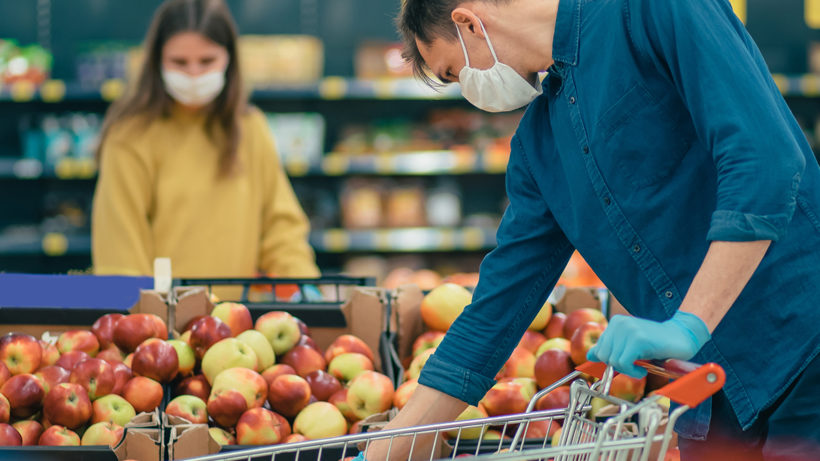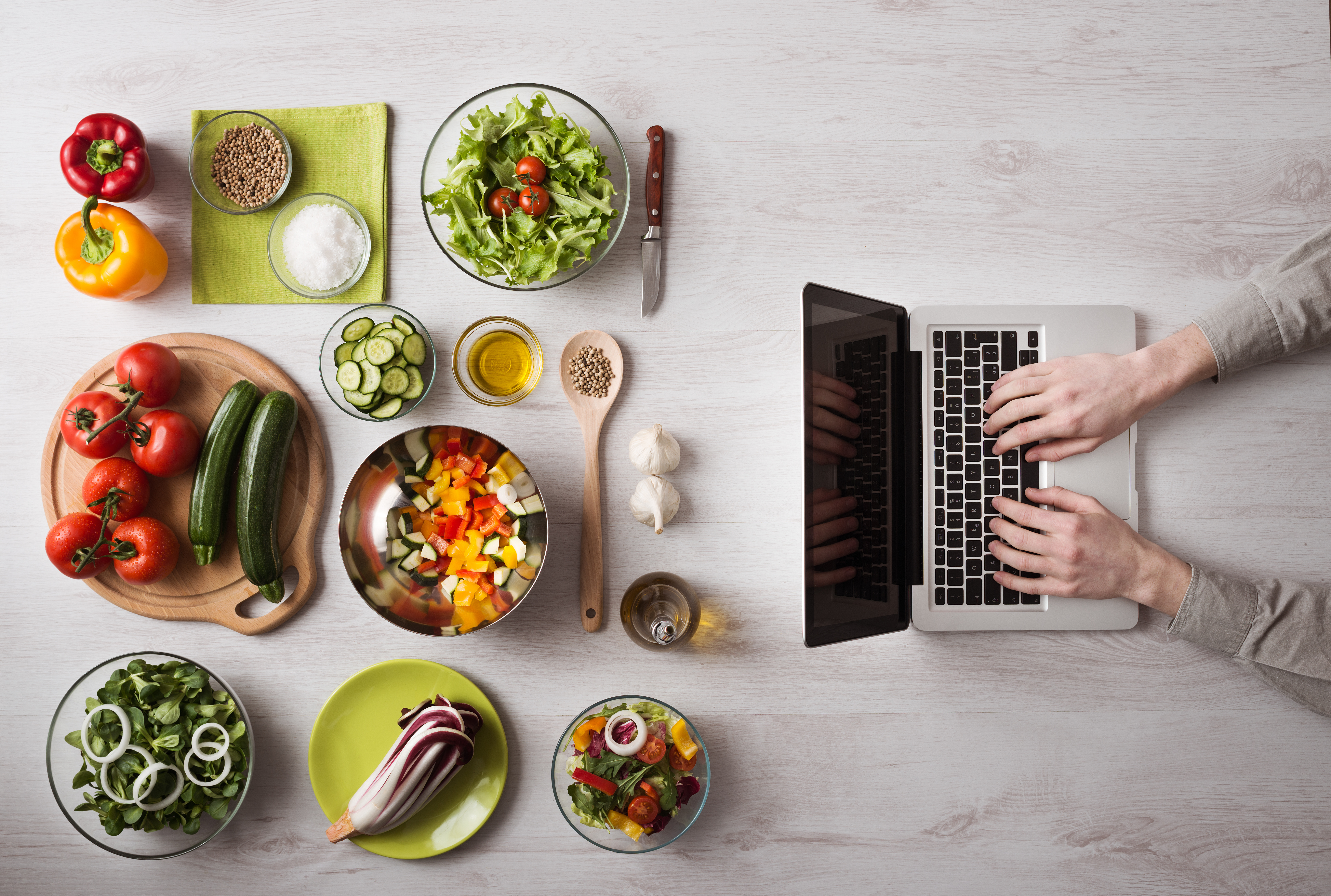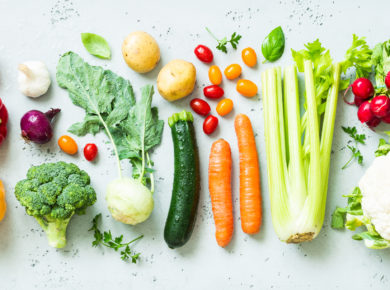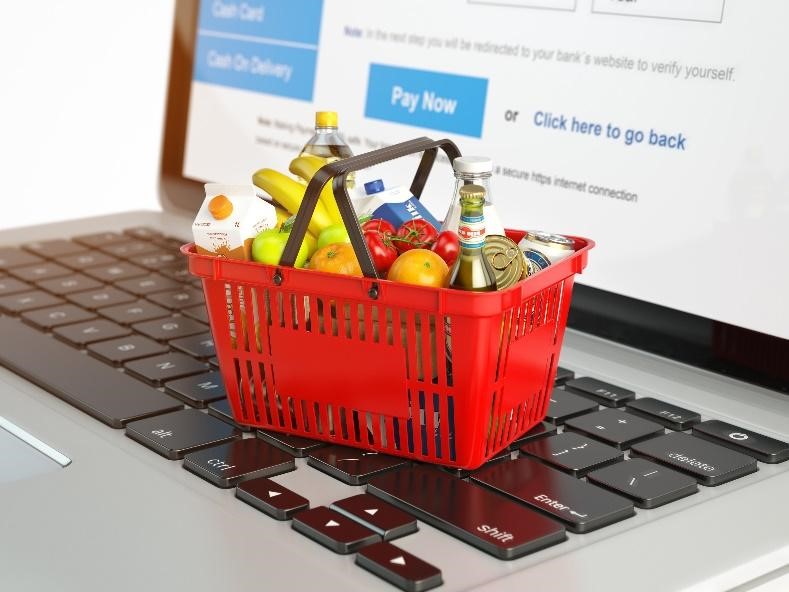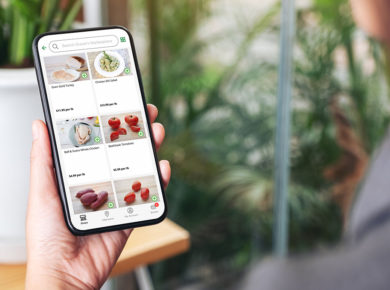The COVID-19 pandemic has created an air of uncertainty for people in the United States. Nationwide, business and public life have seen restrictions that have changed the way we all operate and receive our wants and needs.
Many people have been scared to leave their homes for non-essential services, and this shift has led to a boost in e-commerce on a global scale. Amazon, the largest e-commerce company in the world, saw a 26% increase in their revenue due to the COVID-19 pandemic.
What does that mean for you and your grocery store? Well, that same change is affecting food industries; people are as cautious as ever when it comes to going outside to get their dinner or their groceries, as the risk of catching COVID-19 makes high risk populations fear for their lives.
COVID-19 is pushing grocery delivery services in a major way. Now, with more restaurants limited with seating and people cautious of going out in public, more people than ever are adapting to a life of eating home-cooked meals more frequently. This means that there has been a massive increase in the demand of grocery stores and their products.
In the United States, COVID-19 increased the interest in not just grocery sales, but especially grocery e-commerce. In early March, when COVID-19 cases started to surge and the country started to lock down, one third of shoppers bought their groceries online, with 41% of them buying them online for the first time, according to Gordon Haskett Research Advisors.
The downloads of popular grocery e-commerce apps like WalmartGrocery, Instacart and Shipt accelerated by 218%, 160% and 124% respectively from February to March, according to data website apptopia. Mercato saw a 5,000% increase in total sales and 268.75% increase in app downloads from Q1 to Q2 in early 2020.
“Consumer behaviors always shift in times of disaster,” Doug Baker, vice president of industry relations at The Food Industry Association, told CNN Business. “People are learning new skills and how to shop online as a result of what we’re experiencing today,” he said.
The best thing for grocers is that the shift in customer behavior is directly benefiting local grocery delivery services. Customers who use online grocery delivery and curbside pick-up have tripled, and grocers who have adapted to an online platform have quinpuled their sales over the past nine months, according to digital-age food business advisory firm, Brick Meets Click. Online grocery sales also see no sign of slowing down, as they grew over 24% in May to a record-setting $6.6 billion compared to April’s $5.3 billion.
Because grocery e-commerce is in demand, more and more stores are adding online platforms to compete with others who hope to reap the profits of the latest trend. A report in June 2020 by McKinsey showed that 73% of customers are not comfortable going back to regular out-of-home activities after the lockdowns, but rather favor a “homebody” lifestyle. This data shows that e-commerce and local grocery delivery services seem to be here to stay.
And for independent grocers, the e-commerce surge has only increased business. 75% of participants in McKinsey’s study reported that they experimented with different shopping brands and different places to shop as a result of the lockdowns. The impact of advertising also favored those who used an online advertising space.
But that’s not the only trend that came out of the past few months. Another study by Coresight Research showed the same results as McKinsey and also noted that although the people who shopped for groceries online increased, the people coming to the store did not decrease, but was rather complementary to the online shopping.
“We saw a sharp decline in the proportion of respondents doing ‘almost none’ of their grocery shopping online, with the biggest uptick seen in the proportion doing ‘some’ online,” Coresight’s study read. “We also recorded a second year of slight decline in the proportion doing ‘all or almost all’ of their shopping online, which suggests a shift to a landscape in which online is a complement to — not a substitute for — in-store shopping.”
COVID-19 has changed the way we all lived for the past few months. And the data shows that the new way people are living will leave a long lasting impact on society and how people receive their goods and service well after the virus has run its course in the United States. Good news is, grocery e-commerce is one of the winners from the pandemic, and it shows no signs of slowing down.
So as an independent grocery store owner, how can you ensure that your groceries can reach all those who need them? You can contact Mercato, an online ordering and delivery platform built exclusively for independent grocers, and learn how you can sell more groceries online, acquire more customers, and grow your business today.
